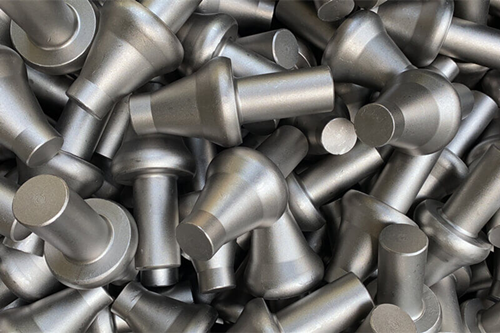Forge processes have been integral to metalworking for centuries, enabling the shaping and strengthening of various metallic components. Traditionally, hot forging has been the preferred method due to its effectiveness in manipulating metals.
However, advancements in technology have introduced the concept of cold forging, offering an alternative approach with its own set of advantages. In this article, we will delve into the differences between cold forge and hot forge processes, exploring their applications and benefits.
Hot Forge
Hot forging involves the deformation of a metal at elevated temperatures, typically above the crystallization temperature of the material. The heated metal becomes malleable, allowing it to be shaped and molded into the desired form. The hot forge process begins with heating the metal to a specific temperature. Once heated, the metal is transferred to a forge press or hammer, where it undergoes deformation.
One of the significant advantages of hot forging is the refinement of the microstructure of the metal. The high temperatures promote recrystallization, eliminating existing defects and enhancing the material’s strength and toughness. The resulting forged components exhibit excellent mechanical properties, including high impact resistance and fatigue strength.
Hot forging is commonly employed in the production of automotive parts, aerospace components, and industrial machinery. It is particularly useful for manufacturing crankshafts, connecting rods, gears, and other components that require high strength and reliability.
Cold Forge:
Cold forging involves forging metals at room temperature. The process utilizes a combination of compressive forces and specialized dies to shape the material without the need for heating. While the absence of high temperatures might seem limiting, cold forging offers unique advantages in terms of precision, efficiency, and material conservation.
Cold forging begins with a bar or wire of the desired metal, which is fed into a cold forging machine. The machine exerts immense pressure on the metal, forcing it to deform and take the shape of the die.
One of the key benefits of cold forging is its ability to produce intricate and complex shapes with tight tolerances. Cold forging is widely used in the production of fasteners, such as bolts, screws, rivets, gears, shafts, and bearings.
The choice between cold forge vs hot forge depends on various factors, including the desired component, material type, complexity, and production volume. Read more about these forging techniques.



